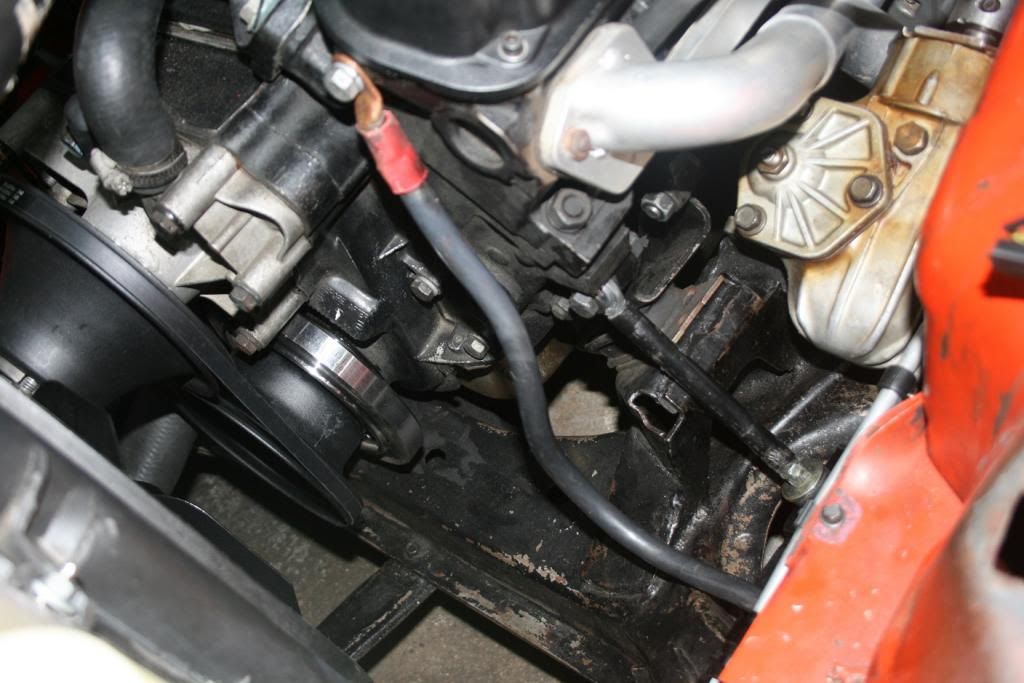Want to see a crowd of flat braided ground straps ? Look at a police car. They're added to hood, deck lid, doors, everywhere. I don't know if this has to do with their onboard computers, taizers, or both but it's well grounded.
Creates a "Faraday cage" out of the surrounding sheet metal. This shields the electronics.
This started a very long time ago in trying to create a quiet environment for two way radio communications. To show how 'bad' this problem can be, all you had to do "in the day" was tune in a weak AM radio station, and if there wasn't too much ignition noise.......just open the hood. Corvettes had a big metal shield mess around the distributor and wires because the body is plastic.
"Loose parts" such as hoods, doors, trunk lids can form what amounts to a diode, think "crystal radio." In WWII some POW's made successful 'crystal sets' using a sharp probe on the edge of a razor blade. Back then, blades were all steel, not stainless
This can cause a nightmare of frequency mixing problems (intermod) at places like radio sites, which, handily---are surrounded by chain link fences, a real bad offender
If you were to take a handheld radio ("walkie talkie") up to a busy radio site, tune in certain transmitters up there, then hold TWO SCREWDRIVERS with the blades touching, and rub them together, you will hear.............static in your handheld. This is caused by the screwdrivers acting as antennae picking up RF, and the "poor connection" between the two causing various intermixing of the transmitted signal(s).
This problem can be SO BAD that a good example is the Skyline Drive radio site in Pullman, WA. There were only 3 or 4 radio systems in that building, yet one of the transmitter PA (output stage) on one repeater was causing a mixing problem envolving the third harmonic of one of the other systems.




















